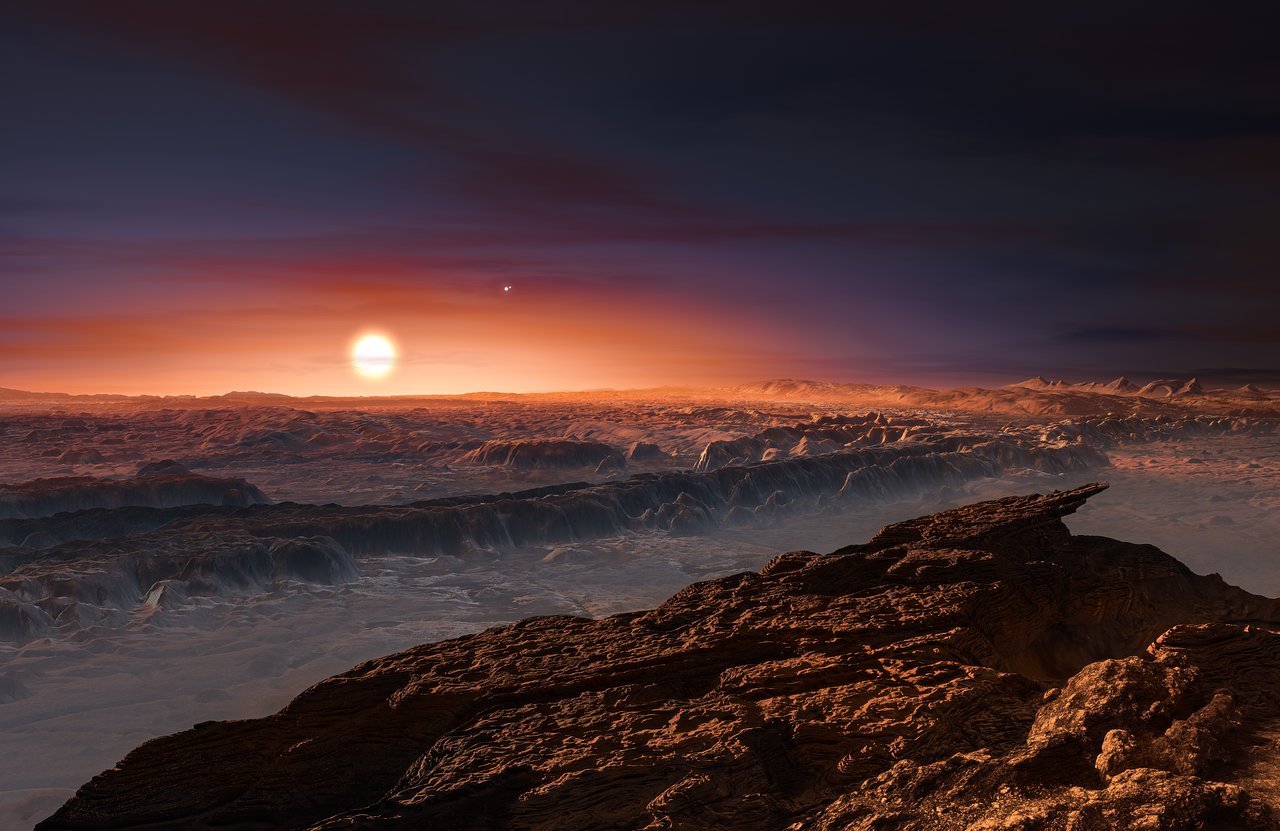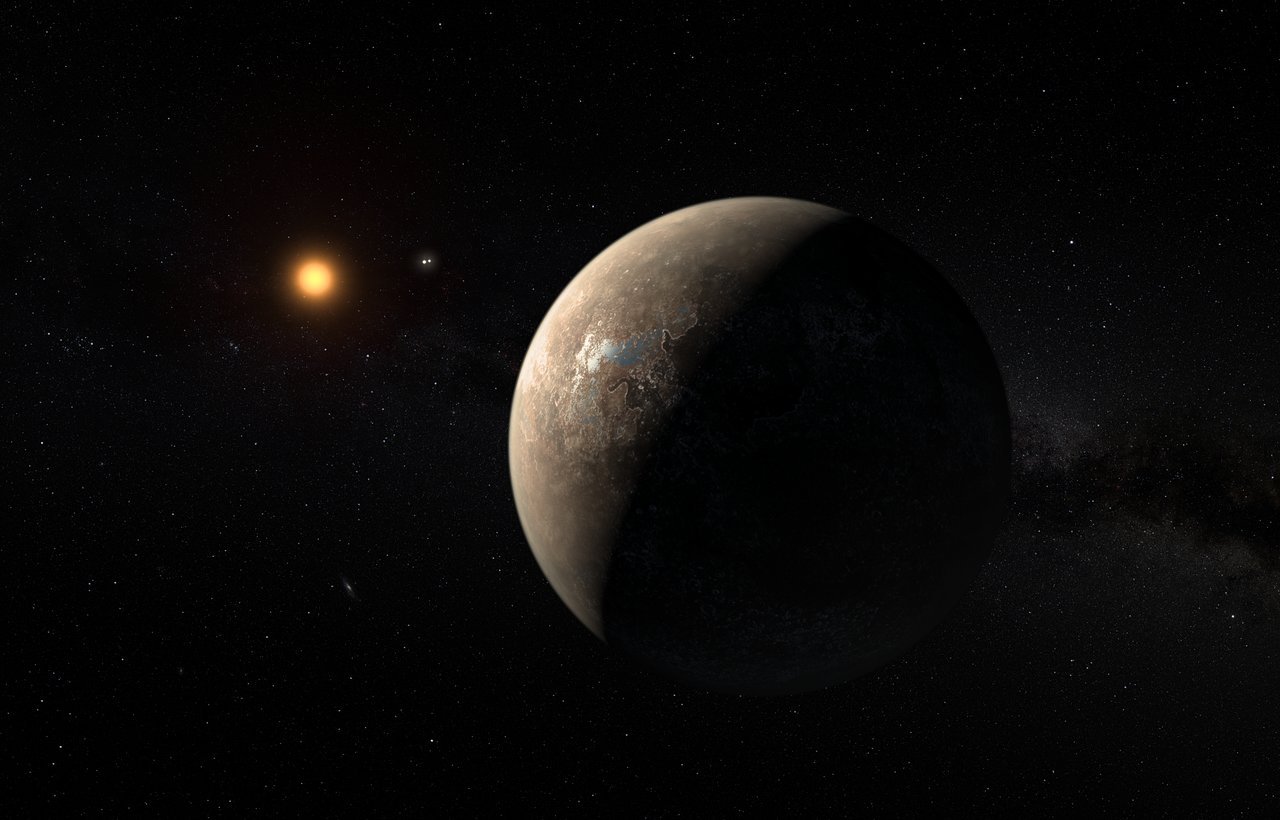The hunt for potentially habitable rocky planets in our galaxy has been the holy grail of exoplanet studies for decades. While the discovery of over 5,900 exoplanets in over 4.400 planetary systems has been a remarkable achievement, only a small fraction (217) have been confirmed as terrestrial – aka. rocky or “Earth-like.” Furthermore, obtaining accurate information on a rocky exoplanet’s atmosphere is very difficult, since potentially habitable rocky planets are much smaller and tend to orbit closer to their stars.
Thanks to next-generation instruments like the James Webb Space Telescope (JWST), exoplanet studies are transitioning from discovery to characterization. However, no atmospheres have been clearly identified around rocky planets yet, and the atmospheric data Webb has collected so far is subject to some uncertainty. A summary of Webb’s findings was featured in a recent study by researchers from the Max Planck Institute for Astronomy (MPIA) and the Johns Hopkins University Applied Physics Laboratory (JHUAPL). Based on their summary, they recommend a “five-scale height challenge” to assist astronomers in atmospheric characterization.
The study was led by Laura Kreidberg, a Professor at the MPIA and the Director of its Atmospheric Physics of Exoplanets (APEx) Department. She was joined by Kevin B. Stevenson, a research astronomer at the JHUAPL, and the Consortium on Habitability and Atmospheres of M-dwarf Planets (CHAMPs). The preprint of the paper that details their findings, “A first look at rocky exoplanets with JWST,” recently appeared online and is being reviewed for publication in the Proceedings of the National Academy of Sciences (PNAS).
Artist’s impression of the surface of Barnard’s Star b. Credit: ESO/M. Kornmesser
As they outline in their paper, Webb has achieved some impressive milestones thanks to its advanced suite of sensitive and high-resolution infrared optics, combined with coronagraphs and spectrometers. “[T]he most precise transmission spectra for rocky planets yet, and detection of heat emanating from about half a dozen rocky planets,” Kreidberg told Universe Today via email. “JWST has also allowed us to push these measurements of thermal emission (heat) to cooler rocky planets than ever before – now as low as 100 degrees C (compared to 800 degrees C previously).”
Thanks to its observations, Webb has also enabled extensive theoretical work to predict the atmospheric properties of rocky planets. This is particularly true of those orbiting M-type red dwarf stars, which account for 80% of stars in the Milky Way. This has demonstrated that atmospheres can be shaped by many physical processes, including volatile elements delivered by comets and asteroids, atmospheric loss, interior-atmosphere interaction, and biological processes. Of these, atmospheric loss is especially important since it is unknown which rocky planets observed by Webb have retained their atmospheres.
Based on Webb’s observations to date, the concept of the “cosmic shoreline” has emerged as a popular framework to determine which planets are more likely to have atmospheres. According to this framework, planets with a higher escape velocity (more massive planets) and lower irradiation are more likely to retain atmospheres. However, it is still unknown how this “shoreline” is affected based on stellar type and irradiation history. Meanwhile, late-stage stars are known for exposing their planets to greater levels of high-level radiation, especially late M-type stars that are known to have extended UV-bright phases that can last up to 6 billion years.
Greater exposure to high-energy irradiation leads to greater atmospheric loss, and M-type stars are known for their intense flare activity. To address these unknowns, the team recommends a new framework to achieve greater precision in identifying rocky planet atmospheres. Said Kreidberger:
The five-scale height challenge is a goal to reach the measurement precision needed to detect Earth-like atmospheric features. The largest spectral feature in Earth’s atmosphere is carbon dioxide, and it spans about five scale heights (a unit astronomers use to refer to the typical vertical extent of an atmosphere). So far, the data is not precise enough to see a feature this small, so more observations are needed!
 Artist’s impression of the surface of Proxima Centauri b. Credit: ESO/M. Kornmesser
Artist’s impression of the surface of Proxima Centauri b. Credit: ESO/M. Kornmesser
Thanks to JWST’s large aperture, stability, and near-to-mid-infrared wavelength coverage, astronomers are now at a point where the characterization of atmospheres around rocky planets is finally possible. In particular, it is now possible to detect the tiny signals expected from volatile elements like water (H2O), carbon dioxide (CO2), methane (CH4), ammonia (NH3), carbon monoxide (CO), and others. Looking ahead, astronomers will be able to obtain transmission and emission spectra from rocky exoplanets around M-type stars during planetary transits and eclipses. Said Kreidberger:
The five-scale height challenge sets a benchmark for how precise the data needs to be to detect an Earth-like atmosphere. This is going to require both more data and better modelling to remove noise from the star and JWST’s detectors. There was already a JWST observing program (GO 7073, Charting the Cosmic Shoreline) approved to attempt this for a small sample of rocky planets most likely to have atmospheres.
While the JWST is incapable of studying the atmospheres of Earth analogs around Sun-like stars, future next-generation missions like the Habitable Worlds Observatory (HWO) will be able to do so via direct imaging. In the meantime, the framework proposed by Kreidberger’s team could help astronomers pave the way by constraining rocky exoplanet atmospheres further. “[W]e have made great progress with JWST already in our understanding of which rocky planets could have atmospheres,” added Kreidberger. “This is a critical first step, well before we get to biosignatures. We need to learn to walk before we can run!
Further Reading: arXiv
